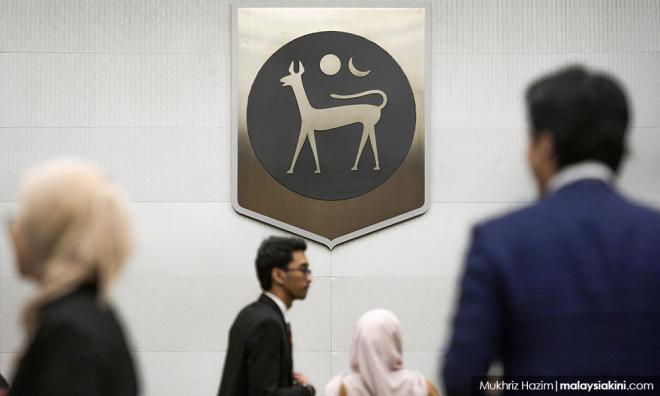
Malaysia’s financial system remains resilient under simulated adverse macroeconomic and financial condition, according to Bank Negara.
The central bank said its latest multi-year solvency stress test exercise affirmed such resilience on the part of the nation’s financial institutions.
“The banking and insurance sector is able to withstand extreme stress, with existing capital levels and earnings buffers sufficient to absorb potential losses and support lending activity.
“The capital buffers of banks and insurers in excess of the regulatory minima stood at RM121 billion and RM23.6 billion respectively, more than double the buffers during the global financial crisis in 2008,” it said.
Bank Negara stated this in its “Financial Stability Review - Second Half 2019”, released today.
The central bank’s multi-year solvency stress test exercise examines the potential impact of prolonged financial and macroeconomic strains on the resilience of individual banks and insurers, and the overall financial system.
Similar to previous exercises, the latest stress test contains three scenarios – one baseline and two distinct adverse scenarios, over a four-year horizon (2020-2023).
Bank Negara said the scenarios were designed to be sufficiently severe, with a low likelihood to occur.
While unfolding developments surrounding Covid-19 have been unprecedented, it said their economic impact over the stress test horizon is likely to be captured by the range of shocks applied under the adverse scenarios.
“Given the continually evolving nature of the Covid-19 response both domestically and globally, Bank Negara will be updating the stress test at individual level to ensure that they reflect relevant tail-end and major known risks as more clarity emerges on the duration and severity of the pandemic,” it said.
At the end of the four-year stress horizon (2023), the central bank said the banking system’s capital ratios remained above regulatory minima.
Bank Negara said nearly 90 percent of losses are credit-driven, as loan impairments increase significantly under severe macroeconomic conditions.
Similarly, it said, the insurance sector would be able to maintain a capital adequacy ratio above the regulatory minima.
“For life insurers, market risk shocks are the largest loss driver, reflecting their significant holdings of financial assets that are susceptible to market valuation changes.
“For general insurers, shocks related to higher motor claims contribute significantly to a reduction in capital through weaker operating profitability,” the central bank added.
- Bernama



No comments:
Post a Comment
Note: Only a member of this blog may post a comment.